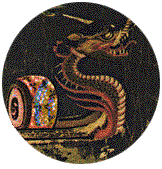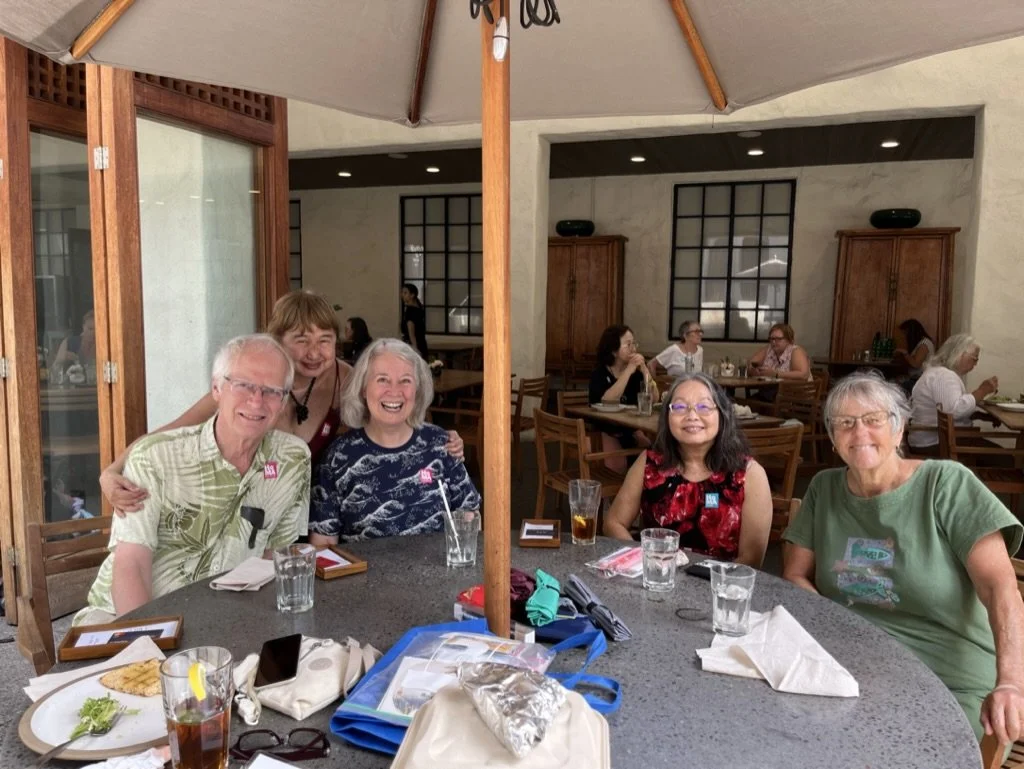The following is a preface to a long fictional work in progress.
At the end of May 2023, I watched fourteen short films issued in English under the series title The Forbidden Files. First released over a twenty-one-year period as Les Documents Interdicts by French filmmaker Jean Teddy Filippe, they were made by various people, and the series starts off as one kind of filmmaking and ends as another. Some of the films are decades old—going as far back as the nineteen forties—and are what we would call found footage: they possess the grainy canvas and staccato tempo we associate with amateur work, though parts of the narration, I am guessing, were composed by Filippe and superimposed. Others in the series are documentaries that attempt to blur the distinction between the real and the concocted.
Over the course of about two hours, the films recount odd incidents, such as disappearances, alien abduction, experiments on humans, superhuman prowess, and witchcraft. These have a curious quality, as if a large hand had plunged down in time, scooped out these fragments, and tendered them for our consideration. One film, The Examination, is especially disturbing as it purports to document a case of impersonation that results in adultery and murder. Filippe seems to have selected short films that record inexplicable events without coming to a satisfactory conclusion, as if to say that definitive explanations are not possible in the real—found—world.
The most curious is perhaps The Madman of the Crossroad, about a Hungarian immigrant named Tibor Nagy, who arrived in the U.S. in the fifties and opened a mechanic’s shop. He spoke no English and did not master the language until decades later. One day in April 1954, Tibor took his wife and their young daughter on a long drive, carrying his camera, as was his custom on such trips.
According to the account he provided later, they were on the old road connecting their town (Cape Town) with the one they intended to visit (Woolworth), when a large shadow fell over the car. Its mechanical functions ceased, and shortly after, the car materialized in a large, round room vibrating gently. They were in the white interior of a spaceship, and a man approached them. Wearing a helmet that covered his face, the man communicated with Tibor telepathically, telling him he could film anything but the ship’s interior. Through the windows, Tibor and his family saw they were flying above the moon, and he recorded their flight with his camera until he ran out of film. After being returned to Earth, Tibor shared his extraordinary journey, drawing the attention first of reporters and then of a congressman, Senator William Lowley, who formed a “board of enquiry” and held a hearing. Translated by an interpreter, Tibor testified in Hungarian, and the board concluded that his account was fabricated. The whole thing, they declared, was a hoax designed to draw attention to Tibor and thereby benefit his garage business.
Despite this and the scorn heaped on him by the press and some of his neighbors, Tibor steadfastly insisted that what he said was true. The Madman of the Crossroad ends in 1990 with him welcoming a small group of believers into his garage. Designated an “exclusion zone” by the town, the garage still stands, though it is unoccupied. About twenty people—including a few who are too young to have been alive in 1954—enter the vacant structure as if it were a shrine, and Tibor projects on a screen the images he captured that day. The audience regards him reverentially, believing his incredible experience was an encounter with God. The final frame of The Madman of the Crossroad acknowledges the Hungarian Emigrants Association for its help in making the film.
As I write this, I am sitting at a square table at a coffeeshop, two men at a table to my left and rock music blaring over our heads. The men are chatting animatedly and are wearing snug navy-blue T-shirts; a cursory glance tells me they might be firemen. Having watched The Forbidden Files many hours ago, I now feel it is a mix of authentic footage and studio-produced film, but the why of it is missing. Was it meant to be a riddle, a joke whose absurdity is designed to make us doubt reason, the way we think, so that we might happen on the truth in an irrational way?
Most of the subjects of The Forbidden Files are gone, unable to add their thoughts. The diver who was dragged into the sea and washed back onto shore five weeks later. The friend who was summoned by an irresistible music and disappeared. The sawmill worker whose severed arm was replaced with an ugly but powerful prosthesis. The boy who could move objects telekinetically. The scientist who performed an autopsy on an alien. The townspeople who rose up against a witch whose large hacienda vanished overnight. The witch herself. Miguel, a guide who took a journalist to a landscape of barren rock and phantoms and became a ghost himself.
Only one thing remains after watching the films: Tibor’s conviction that what he experienced was real. With that in mind, I have tried to fashion a story of elements that compose an extraordinary tale of faith. I dedicate it to Tibor and other innocent believers.


